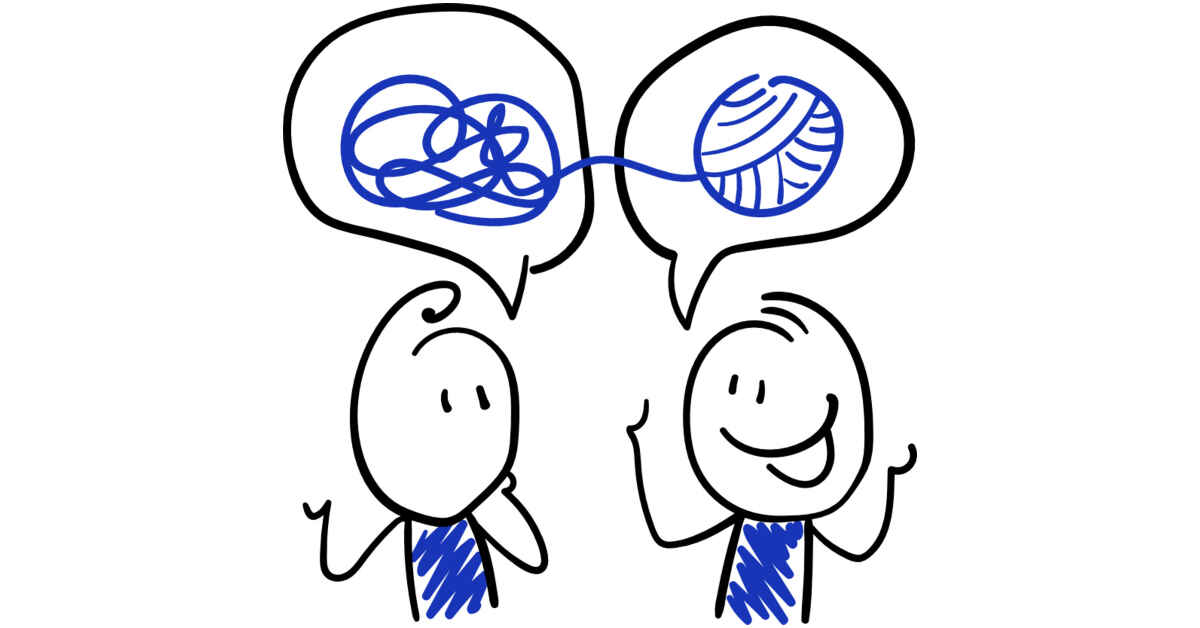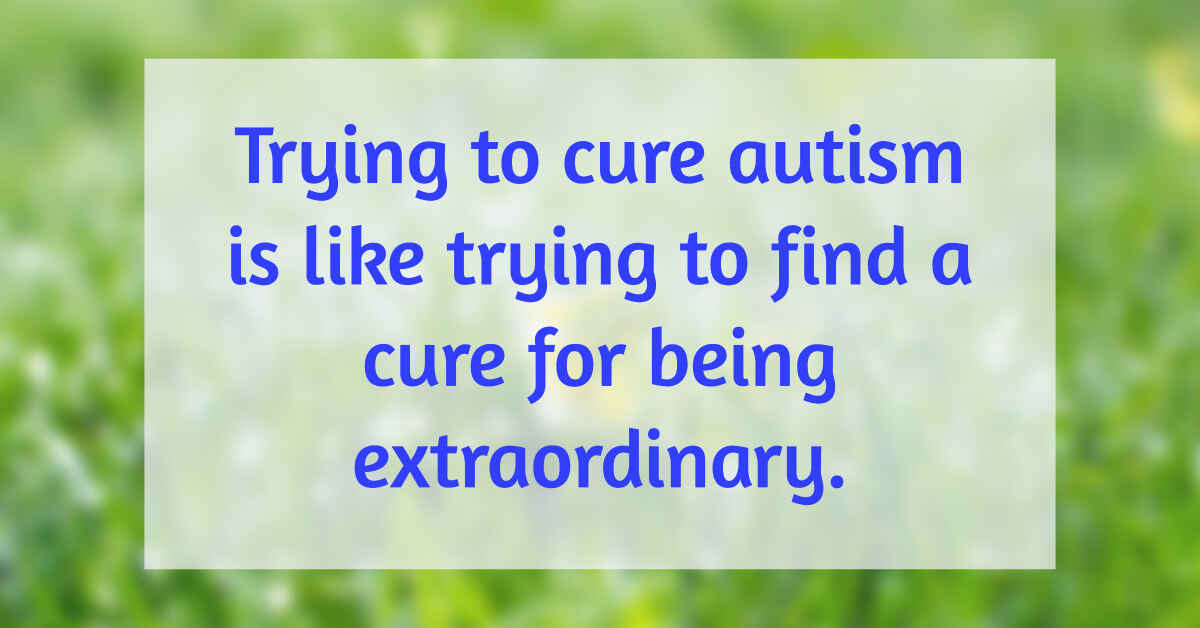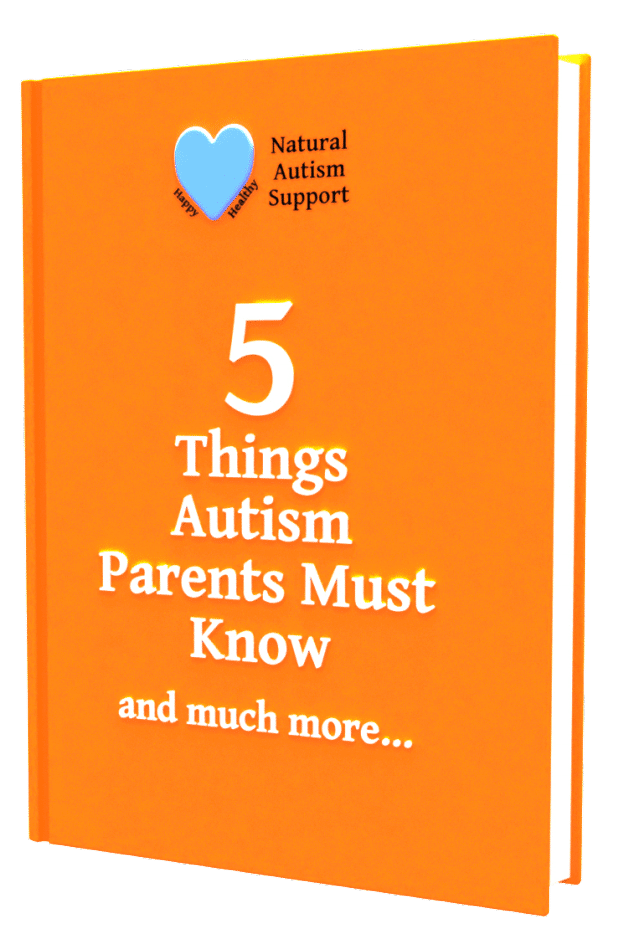We all know that autism can bring about unique challenges, and one of the most significant is managing anger. By examining common triggers that often escalate feelings of frustration, we can better understand how to support ourselves and others. From sensory overload to communication barriers and changes in routine, these factors play critical roles in emotional responses. As we explore these triggers, we'll uncover strategies to mitigate their impact—so let's consider what we can do to create a more calming environment and promote healthier emotional expression.
Key Takeaways
Sensory overload from bright lights or loud noises can trigger anger and frustration in individuals with autism.
Communication difficulties often lead to misunderstanding, resulting in emotional outbursts when needs are not clearly expressed.
Sudden changes in routine can cause anxiety and anger due to the loss of predictability and structure.
Physical discomfort, such as hunger or fatigue, can escalate irritability and trigger emotional responses.
Lack of holistic support and coping strategies can leave individuals feeling overwhelmed and unable to regulate their emotions effectively.
Sensory Overload
When we consider sensory overload, it's clear that managing our environment can greatly impact individuals with autism.
By understanding which stimuli can overwhelm and provoke anxiety, we can implement strategies to create calmer spaces that reduce these triggers.
Let's explore effective approaches to minimize sensory overload and foster a more supportive atmosphere.
Strategies to Reduce Sensory Overload
To effectively reduce sensory overload for individuals with autism, we can create environments that minimize overwhelming stimuli. By using soft lighting, reducing background noise, and providing quiet spaces, we can greatly decrease feelings of overwhelm.
Establishing visual schedules helps prepare individuals for changes in routine, easing shifts and reducing anxiety associated with unexpected sensory experiences.
Incorporating calming activities, such as deep breathing exercises and mindfulness practices, promotes emotional regulation and aids in managing sensory overload. We can also encourage sensory breaks and physical activities that release pent-up energy, improving mood and lessening the impact of overwhelming stimuli.
Additionally, utilizing fidget tools and sensory toys gives individuals an outlet for anxiety and helps maintain focus amidst distractions.
By integrating these strategies into daily routines, we foster environments that support emotional well-being and mitigate triggers linked to anger.
Ultimately, our goal is to empower those with autism by creating supportive spaces and practices that enhance their quality of life. Together, we can make a positive difference in their experiences, facilitating better emotional regulation and a sense of calm.
Changes in Routine
We comprehend how essential structured environments are for individuals with autism, as they often rely on routines for a sense of stability.
When these routines are disrupted, it can lead to feelings of anxiety and loss of control, which may trigger anger or meltdowns.
The Importance of Structured Environments
Structured environments play an essential role in helping individuals with autism navigate their daily lives, as they provide the predictability necessary for emotional regulation.
By establishing a consistent routine, we can greatly reduce anxiety and promote emotional stability. Here are some key aspects to reflect upon:
Predictability: Familiar schedules help minimize surprises that could lead to frustration.
Visual Supports: Using visual schedules prepares individuals for changes, making alterations less overwhelming.
Consistency: A regular daily routine fosters a sense of security, helping manage emotional responses to stressors.
Structured Activities: Engaging in planned activities reduces the likelihood of unexpected events that might trigger anger.
Safe Spaces: Creating areas where individuals can retreat when feeling overwhelmed promotes coping strategies.
Communication Difficulties
We all know that communication difficulties can greatly impact individuals with autism, often leading to frustration and anger.
By improving communication skills, we can help reduce misunderstandings and emotional outbursts that stem from the inability to express thoughts and feelings.
Let's explore effective strategies that foster better interactions and emotional regulation for those affected.
Improving Communications Sklls
How can we bridge the communication gap for individuals with autism? Improving communication skills is essential for managing emotions and reducing frustration. By understanding and addressing these challenges, we can create a more supportive environment.
Here are some strategies to take into account:
Use clear and direct language**: Avoid sarcasm and idioms that may confuse.
Incorporate visual aids**: Tools like pictures or charts can enhance understanding and expression.
Practice structured communication methods**: Techniques such as scripts or role-playing can help individuals navigate social interactions more effectively.
Encourage the use of technology: Apps designed for communication can provide valuable support.
Be patient and attentive: Actively listen and give individuals time to express their thoughts and feelings.
Emotional Overload
When we think about emotional overload in individuals with autism, it's clear that understanding emotions is essential for effective management.
By exploring coping strategies and creating a safe environment for expression, we can help mitigate the impact of overwhelming feelings.
Together, we can foster a supportive atmosphere that not only promotes emotional regulation but also enhances overall well-being.
Understanding Emotions
Although emotional overload can be a common experience for individuals with autism, understanding its nuances is essential for effective management.
We often face unique challenges when it comes to emotions, which can lead to disproportionate responses. It's vital for us to recognize how sensory processing and communication difficulties can exacerbate these feelings.
Here are some key factors to reflect on.
Coping Strategies
Recognizing the signs of emotional overload is essential for us as we navigate the complexities of autism. When overwhelming sensory input or intense emotional experiences arise, we may feel increased anxiety and anger.
To address these challenges, we can implement effective coping mechanisms that help us manage our emotions. One useful strategy is deep breathing exercises. Taking a moment to breathe deeply can promote relaxation and help us regain control during distressing situations.
In addition, creating a calming environment—such as a quiet space with soft lighting—can provide a much-needed refuge, reducing the likelihood of emotional overload.
We can also utilize sensory tools, like fidget toys or weighted blankets, which enable us to self-soothe during overwhelming moments. These tools can be invaluable in helping us navigate our feelings.
Moreover, teaching mindfulness techniques empowers us to recognize our emotional states and respond to stressors more healthily.
A Safe Environment for Expression
Creating a safe environment for expression is essential for managing emotional overload in individuals with autism. When we cultivate a space that minimizes sensory triggers, we empower those we support to navigate their emotions more effectively.
By recognizing and addressing the elements that contribute to emotional distress, we can foster a more nurturing atmosphere.
Here are some strategies we can implement:
Establish quiet zones:** Designate areas where individuals can retreat when feeling overwhelmed.
Control sensory inputs: Utilize soft lighting and reduce background noise to create a calming environment.
Maintain routines: Consistent schedules promote feelings of security, helping mitigate anxiety.
Encourage calming practices: Introduce activities like deep breathing or mindfulness to help process intense emotions.
Open lines of communication: Create an environment where individuals can express their feelings without fear of judgment.
Physical Discomfort
When we consider physical discomfort as a trigger for anger in individuals with autism, it's essential to examine factors like exercise and diet.
Poor nutrition or lack of physical activity can lead to increased irritability and frustration, making it harder to manage emotions.
Exercise
Understanding the impact of physical discomfort on individuals with autism is essential for preventing anger triggers. When we consider how exercise can play a significant role in this, we see that regular physical activity helps manage discomfort and reduce the likelihood of anger outbursts.
Individuals on the autism spectrum may struggle to recognize and express their physical needs, making it vital for us to support them.
Here are some ways exercise can help alleviate physical discomfort:
Releases pent-up energy, which may reduce frustration.
Improves mood** through the release of endorphins, promoting a sense of well-being.
Enhances communication skills** by providing structured social interactions during group activities.
Increases awareness of bodily sensations, helping individuals better understand their needs.
Establishes routine, creating predictability that can ease anxiety.
Diet
While many might overlook the role diet plays in managing physical discomfort, it can greatly influence anger triggers in individuals with autism. We understand that hunger, fatigue, or pain can escalate emotional responses, often leading to meltdowns.
Individuals on the spectrum may struggle to communicate these basic needs, making it essential for us to recognize signs of physical distress. Moreover, sensory sensitivities can heighten awareness of discomfort, amplifying feelings of irritation or anger.
Regular check-ins for signs of physical discomfort are crucial, as these individuals may not vocalize their needs effectively. By establishing routines for meals and rest, we can help mitigate the risk of physical discomfort triggering emotional outbursts.
Understanding the connection between diet and physical discomfort emphasizes the necessity of addressing these fundamental needs. It's part of a thorough support strategy for those with autism.
Conclusion
Understanding the common triggers of anger in individuals with autism is vital for fostering empathy and support. By recognizing the impact of sensory overload, communication difficulties, changes in routine, emotional overload, and physical discomfort, we can create a more accommodating environment. It is important to approach these situations with patience and understanding, as addressing these triggers can considerably reduce frustration and enhance emotional well-being. Together, we can work towards a more supportive and inclusive world for those affected by autism.















